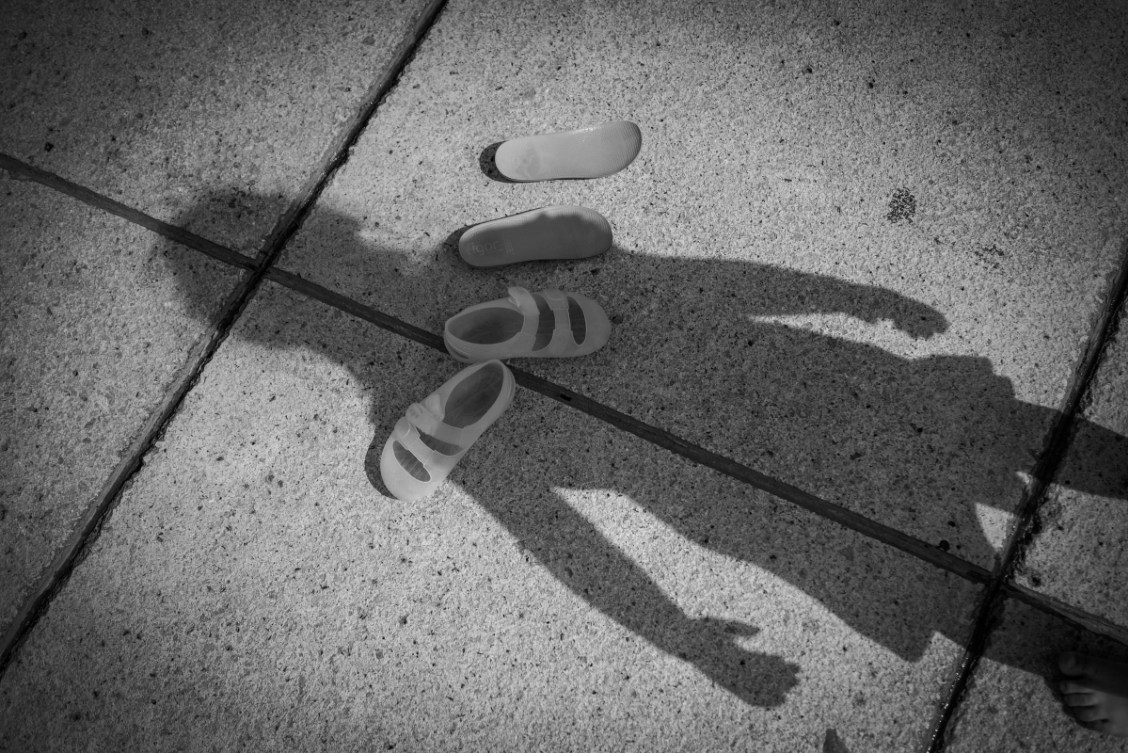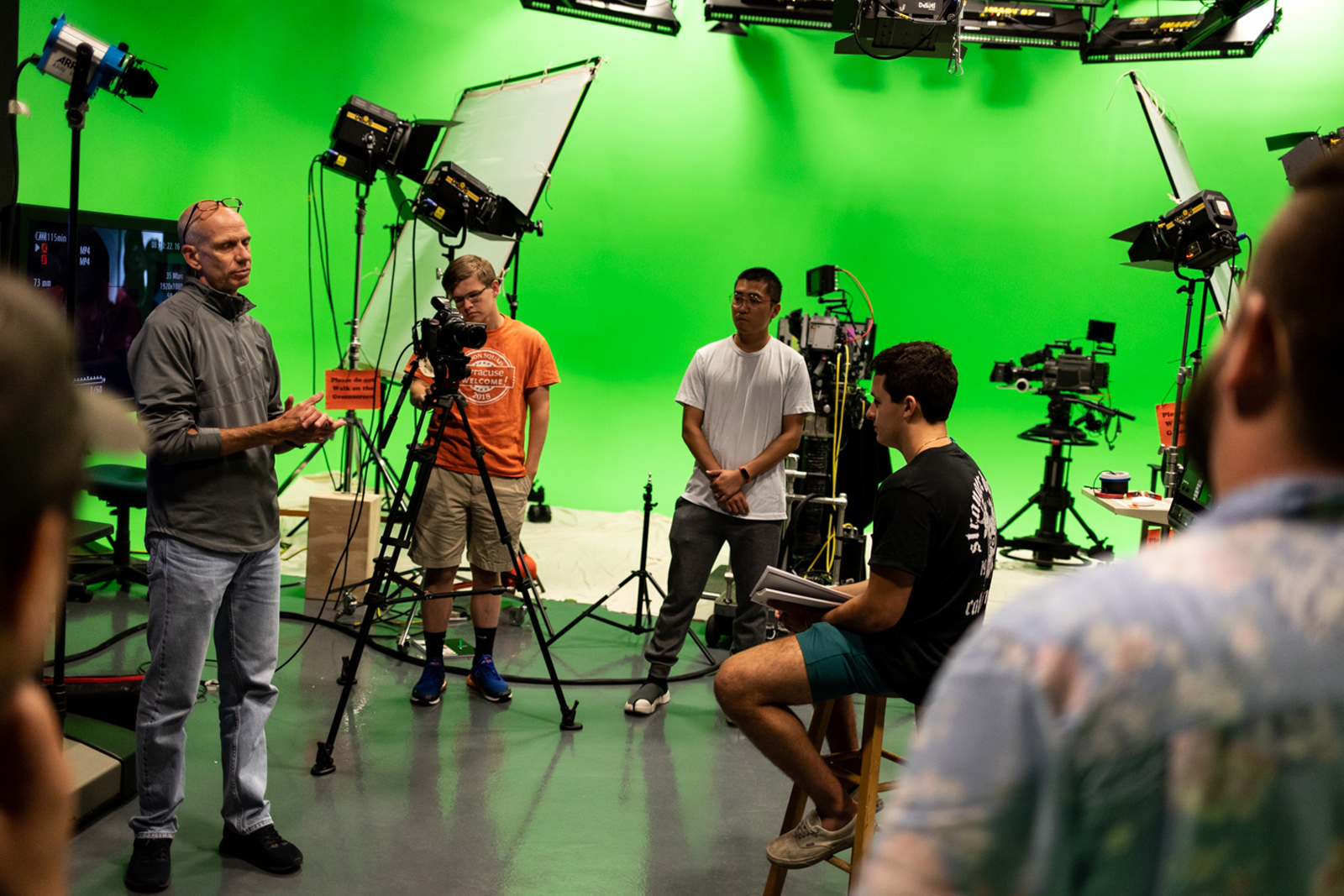Visual Communications Tracks
Photojournalism and Editorial Photography Track

The photojournalism and editorial photography track focuses on visual storytelling.
You will learn the skills and ethics of being in the action as stories unfold, visually documenting news– moment by moment for news organizations, publications, and communication platforms.
Explore VIS photojournalism courses.
Commercial and Advertising Photography Track

While photojournalism concentrates on what is happening “in the moment” the commercial and advertising photography track explores the beauty of what can be created though your personal visual lens.
You will learn how to create images for commercial use—fashion and advertising as well as portraits. You will gain an understanding the full workflow of making images for print publications and the web.
Explore VIS commercial and advertising photography courses.
Graphic Design Track

The graphic design track emphasizes strategy, problem solving and human-centered design to create smart, compelling, innovative solutions in both print and pixels. The program includes motion, augmented reality, virtual reality, 3D and spatial design, brand systems, UI/UX, product design, dynamic typography, and publication design.
The curriculum provides students the flexibility to create a multidisciplinary–showcasing broad skillsets– or more focused–showcasing expertise in a specific skill–portfolio of work to prepare them for the industry. The program values designing for social good, cross-media partnerships, workshops, and collaboration.
Explore VIS graphic design courses.
Cinematography Track

The cinematography track, you’ll learn theories and techniques involved with the art of making motion pictures and video storytelling. Cinematography students learn the skills and techniques of the visual narrative with classes designed to teach camera techniques, lighting, lensing, composition, movement, crew management, color science, and photochemistry.
The cinematography curriculum expands beyond motion picture and television production allowing the same skills associated with narrative cinematography to cross pollinate with other forms of visual storytelling such as documentary, branded content, industrial films, commercial advertising, music video, journalism, animation, social media, augmented reality, virtual reality, game design, and livestreaming.